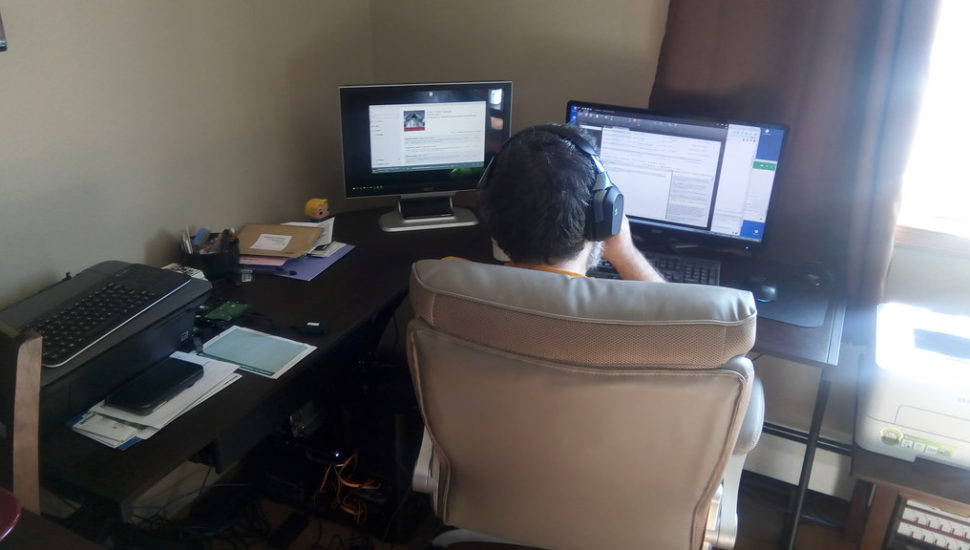IBM ‘calling back’ telecommuters

IBM was putting its stamp on the American landscape in 1979. For 20 years, it had been hiring the greats of modernism to erect buildings where scientists and salespeople could work shoulder-to-shoulder commanding the burgeoning computer industry. But that year, one of its new facilities—the Santa Teresa Laboratory, in Silicon Valley—tried an experiment.
To ease a logjam at the office mainframe, it installed boxy, green-screened terminals in the homes of five employees, allowing them to work from home, writes Jerry Useem in The Atlantic.
[uam_ad id=”54865″]
The idea of telecommuting was still a novelty. But this little solution seemed effective. By 1983, about 2,000 IBMers were working remotely. The corporation eventually realized that it could save millions by selling its signature buildings and institutionalizing distance work; the number of remote workers ballooned. In 2009, an IBM report stated that “40 percent of IBM’s some 386,000 employees in 173 countries have no office at all.” More than 58 million square feet of office space had been unloaded, at a gain of nearly $2 billion. IBM, moreover, wanted to help other corporations reap the same officeless efficiencies through its consulting services. Leading by example was good marketing.
Then, in March of this year, came a startling announcement: IBM wanted thousands of its workers back in actual, physical offices again.
IBM might have seen this coming. A similarly censorious reaction greeted Yahoo when it reversed its work-from-home policy in 2013. Aetna and Best Buy have taken heat for like-minded moves since. That IBM called back its employees anyway is telling, especially given its history as “a business whose business was how other businesses do business.” Perhaps Big Blue’s decision will prove to be a mere stumble in the long, inevitable march toward remote work for all. But there’s reason to regard the move as a signal, however faint, that telecommuting has reached its high-water mark—and that more is lost in working apart than was first apparent.
To read the complete story click here.
[uam_ad id=”54875″]
Stay Connected, Stay Informed
Subscribe for great stories in your community!
"*" indicates required fields






















![ForAll_Digital-Ad_Dan_1940x300[59]](https://montco.today/wp-content/uploads/sites/2/2022/06/ForAll_Digital-Ad_Dan_1940x30059.jpg)
![95000-1023_ACJ_BannerAd[1]](https://montco.today/wp-content/uploads/sites/2/2023/03/95000-1023_ACJ_BannerAd1.jpg)


















